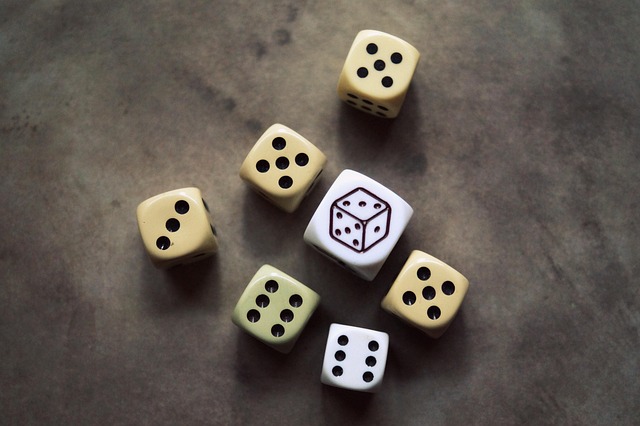Mastering the Art of Understanding Color Differences
Color—an invisible thread that weaves through every aspect of our lives. From the clothes we wear to the art we admire, it’s everywhere, and it evokes emotions, memories, and reactions. However, understanding color differences is more than just identifying hues; it’s about diving deep into the psychology and science behind them.
The Emotional Spectrum of Color
Each color carries a unique psychological weight. The vibrant reds might ignite passion, while soft blues can elicit calmness. In a world where first impressions matter, knowing how to differentiate colors can help you tailor your communications effectively. Whether it’s in branding, fashion, or interior design, these subtle distinctions affect how people perceive your intent and emotions.
The Science Behind Color Differences
To truly master color differences, we must also look at the science. Color can be influenced by light, surface texture, and even the environment in which it is observed. This subject, often rooted in physics and biology, explains why the same shade can appear different in daylight versus artificial light. Understanding these nuances enables artists, designers, and marketers to create more effective and resonant experiences for their audience.
The Practical Application of Color Understanding
Recognizing color differences also has concrete applications. For instance, in designing a logo, choosing colors that effectively communicate your brand story can play a pivotal role in shaping consumer behavior. Similarly, photographers must be able to identify and adjust for color casts to ensure their images accurately reflect reality. In any creative field, these competencies can set you apart.
Training Your Eye
Learning to see and differentiate colors requires practice and patience. One effective method is to create a color swatch book. By collecting samples and organizing them by shades and tones, you train your eye to recognize subtle differences. Moreover, using digital tools that allow color comparisons can provide a modern twist to this traditional approach.
Embracing Color Differences in Everyday Life
Beyond professional applications, understanding color differences enriches your everyday life. It adds depth to your personal style and elevates simple decisions—like choosing a paint color for your living room or selecting an outfit for a special occasion—into a creative exploration. Each combination tells a story, reflecting not only who you are but also how you wish to express yourself.




